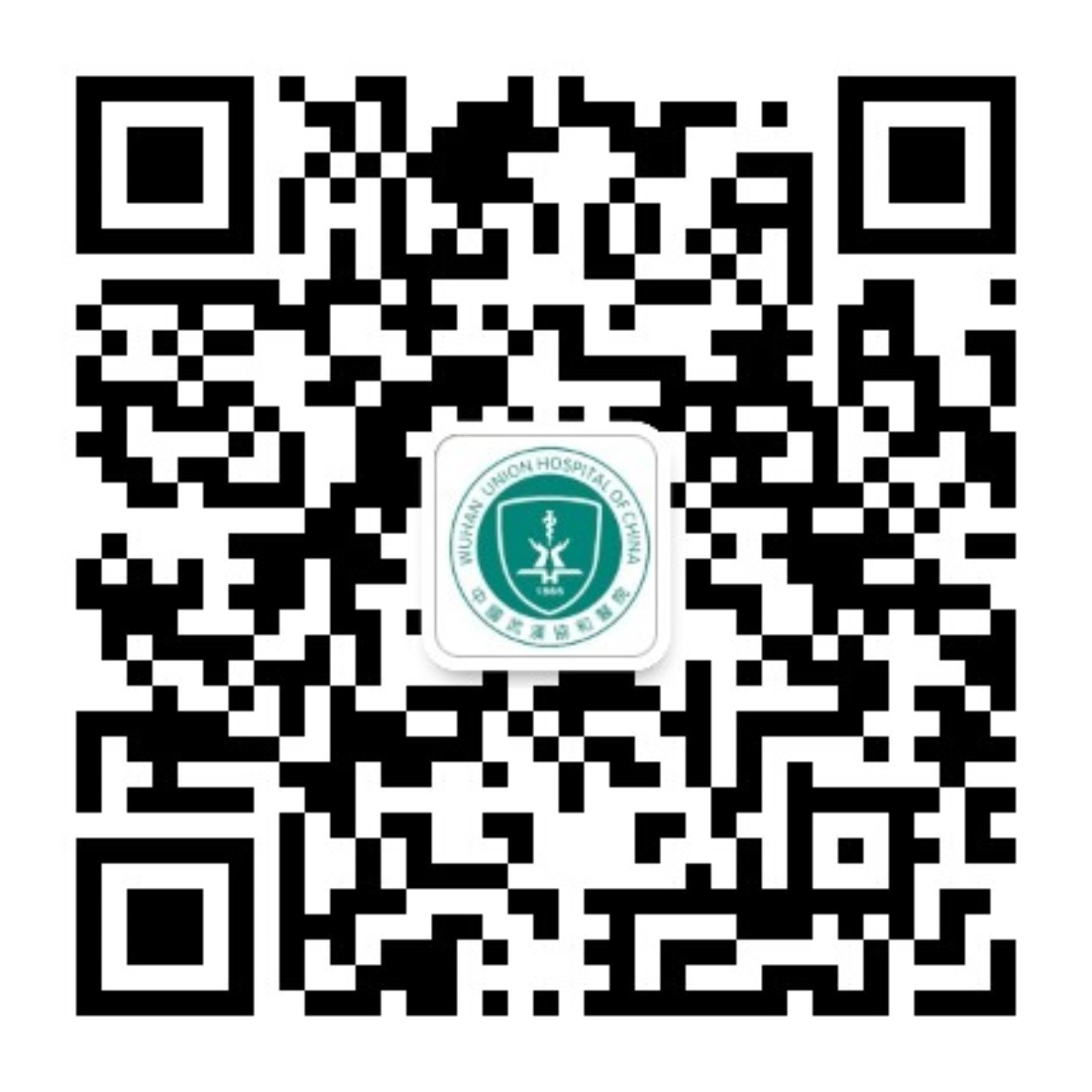Correlation analysis of acute kidney injury after hematopoietic stem cell transplantation
-
摘要: 目的:分析造血干细胞移植(HSCT)术后发生急性肾损伤(AKI)患者的相关临床资料,观察AKI的发生率、危险因素以及对生存的影响,为HSCT术后AKI患者的早期诊治提供依据,降低患者的死亡率。方法:回顾性分析2015年5月—2019年12月于徐州医科大学附属医院骨髓移植中心行HSCT的患者235例,观察移植前与移植后100天内肾功能变化以及并发症,并随访观察1年。结果:235例患者中,未发生AKI的患者174例,发生AKI的患者61例(26%),其中AKIⅠ期19例,AKIⅡ期21例,AKIⅢ期21例。Logistic回归分析结果显示,低蛋白血症、高尿酸血症、低钙血症、蛋白尿为影响患者发生AKI的危险因素(P<0.05)。1年后HSCT患者的死亡率为17%,且死亡率随着AKI的严重程度逐渐增加。结论:AKI是HSCT后发生的常见并发症,发生率为26%,低蛋白血症、高尿酸血症、低钙血症、蛋白尿是HSCT术后患者发生AKI的危险因素。HSCT后发生AKI的患者死亡率显著高于未发生AKI的患者,并且随着AKI的严重程度越高,HSCT患者的死亡率越高。Abstract: Objective: The relevant clinical data of patients with acute kidney injury(AKI) after hematopoietic stem cell transplantation(HSCT) were analyzed to observe the incidence of AKI, risk factors and the impact on survival, so as to provide the basis for early diagnosis and treatment of AKI patients after HSCT and reduce the mortality of patients.Methods: The clinical data of 235 patients who received HSCT from May 2015 to December 2019 in Bone Marrow Transplantation Center of Affiliated Hospital of Xuzhou Medical University were retrospectively collected to analyze and the changes in renal function and transplantation related complications within 100 days after the transplantation. Each patient was followed up for one year.Results: Among the 235 patients, 174 patients did not develop AKI and 61 patients(26%) developed AKI, including 19 patients with stage Ⅰ, 21 patients with stage Ⅱ and 21 patients with stage Ⅲ. Logistic regression analysis revealed that hypoproteinemia, hyperuricemia, hypocalcemia and proteinuria were the risk factors of AKI(P<0.05). The mortality of HSCT patients was 17% after 1 year, and the mortality gradually increased with the severity of AKI.Conclusion: AKI is a common complication after HSCT, with an incidence of 26%. Hypoproteinemia, hyperuricemia, hypocalcemia and proteinuria are risk factors for AKI in patients after HSCT. The mortality of patients with AKI after HSCT is significantly higher than that of patients without AKI, and the higher the severity of AKI, the higher the mortality of patients with HSCT.
-

-
[1] Kogon A,Hingorani S.Acute kidney injury in hematopoietic cell transplantation[J].Semin Nephrol,2010,30(6):615-626.
[2] Clajus C,Hanke N,Gottlieb J,et al.Renal comorbidity after solid organ and stem cell transplantation[J].Am J Transplant,2012,12(7):1691-1699.
[3] 何云地,张曦,黄瑞昊.造血干细胞移植治疗非霍奇金淋巴瘤[J].临床血液学杂志,2020,33(9):604-608.
[4] Niederwieser D,Baldomero H,Szer J,et al.Hematopoietic stem cell transplantation activity worldwide in 2012 and a SWOT analysis of the Worldwide Network for Blood and Marrow Transplantation Group including the global survey[J].Bone Marrow Transplant,2016,51(6):778-785.
[5] Gooley TA,Chien JW,Pergam SA,et al.Reduced mortality after allogeneic hematopoietic-cell transplantation[J].N Engl J Med,2010,363(22):2091-2101.
[6] Canet E,Lengline E,Zafrani L,et al.Acute kidney injury in critically ill allo-HSCT recipients[J].Bone Marrow Transplant,2014,49(8):1121-1122.
[7] 刘宏,李玉峰,刘必成,等.非清髓性外周造血干细胞移植后早期急性肾损伤的多中心临床研究[J].中华肾脏病杂志,2009,25(10):745-749.
[8] Parikh CR,McSweeney PA,Korular D,et al.Renal dysfunction in allogeneic hematopoietic cell transplantation[J].Kidney Int,2002,62(2):566-573.
[9] Hingorani SR,Guthrie K,Batchelder A,et al.Acute renal failure after myeloablative hematopoietic cell transplant:incidence and risk factors[J].Kidney Int,2005,67(1):272-277.
[10] Parikh CR,Schrier RW,Storer B,et al.Comparison of ARF after myeloablative and nonmyeloablative hematopoietic cell transplantation[J].Am J Kidney Dis,2005,45(3):502-509.
[11] Wiedermann CJ,Wiedermann W,Joannidis M.Hypoalbuminemia and acute kidney injury:a meta-analysis of observational clinical studies[J].Intensive Care Med,2010,36(10):1657-1665.
[12] Wiedermann CJ,Wiedermann W,Joannidis M.Causal relationship between hypoalbuminemia and acute kidney injury[J].World J Nephrol,2017,6(4):176-187.
[13] Hansrivijit P,Yarlagadda K,Cheungpasitporn W,et al.Hypoalbuminemia is associated with increased risk of acute kidney injury in hospitalized patients:A meta-analysis[J].J Crit Care,2020,61:96-102.
[14] Caliskan Y,Besisik SK,Sargin D,et al.Early renal injury after myeloablative allogeneic and autologous hematopoietic cell transplantation[J].Bone Marrow Transplant,2006,38(2):141-147.
[15] Contreras AM,Ramírez M,Cueva L,et al.Low serum albumin and the increased risk of amikacin nephrotoxicity[J].Rev Invest Clin,1994,46(1):37-43.
[16] Levine JS,Koh JS,Triaca V,et al.Lysophosphatidic acid:a novel growth and survival factor for renal proximal tubular cells[J].Am J Physiol,1997,273(4):F575-F585.
[17] Iglesias J,Abernethy VE,Wang Z,et al.Albumin is a major serum survival factor for renal tubular cells and macrophages through scavenging of ROS[J].Am J Physiol,1999,277(5):F711-F722.
[18] Shao M,Wang S,Parameswaran PK.Hypoalbuminemia:a risk factor for acute kidney injury development and progression to chronic kidney disease in critically ill patients[J].Int Urol Nephrol,2017,49(2):295-302.
[19] Lam AQ,Humphreys BD.Onco-nephrology:AKI in the cancer patient[J].Clin J Am Soc Nephrol,2012,7(10):1692-1700.
[20] Mughal TI,Ejaz AA,Foringer JR,et al.An integrated clinical approach for the identification,prevention,and treatment of tumor lysis syndrome[J].Cancer Treat Rev,2010,36(2):164-176.
[21] Shimada M,Johnson RJ,May WS Jr,et al.A novel role for uric acid in acute kidney injury associated with tumour lysis syndrome[J].Nephrol Dial Transplant,2009,24(10):2960-2964.
[22] 陈辉,陈森.拉布立酶防治肿瘤溶解综合征的新进展[J].中国现代医药杂志,2020,22(6):104-108.
[23] Pao E,Gove NE,Flynn JT,et al.Ambulatory Blood Pressure and Endothelial Dysfunction in Hematopoietic Cell Transplantation Recipients[J].Biol Blood Marrow Transplant,2018,24(8):1678-1684.
[24] Hingorani SR,Seidel K,Lindner A,et al.Albuminuria in hematopoietic cell transplantation patients:prevalence,clinical associations,and impact on survival[J].Biol Blood Marrow Transplant,2008,14(12):1365-1372.
[25] Parikh CR,McSweeney P,Schrier RW.Acute renal failure independently predicts mortality after myeloablative allogeneic hematopoietic cell transplant[J].Kidney Int,2005,67(5):1999-2005.
[26] 温莉玲,陈家佳,梁红丽.尿NGAL、KIM-1联合APACHEⅡ评分对脓毒症急性肾损伤诊断及预后的价值[J].临床急诊杂志,2019,20(2):110-114.
-

计量
- 文章访问数: 467
- PDF下载数: 1117



 下载:
下载:
